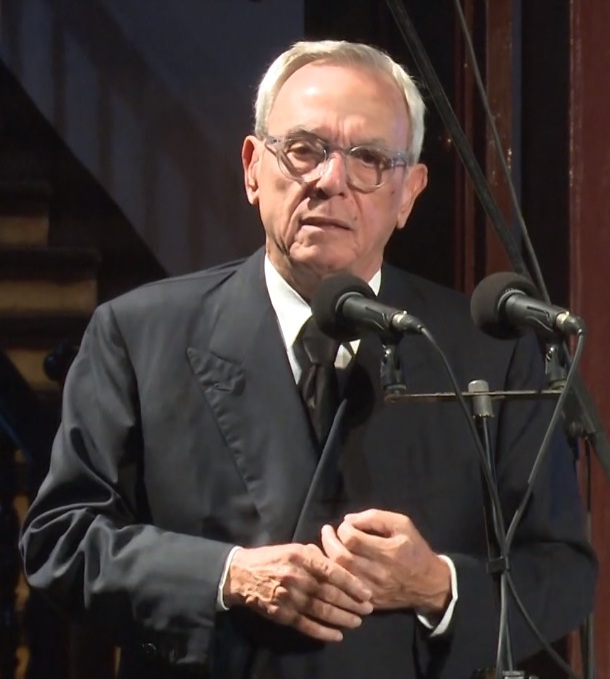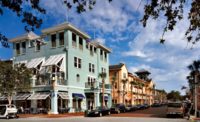Eusebio Leal Spengler, Historian of the City of Havana for more than 40 years and credited with the transformation of Old Havana from a deteriorated urban enclave into a showcase of exquisitely restored Spanish colonial architecture and urbanism, unrivaled in the Western Hemisphere, died last Friday, July 31, at age 77. The cause was pancreatic cancer.

Leal was instrumental in the designation of Old Havana as a UNESCO World Heritage Site in 1982, yet his period of greatest accomplishment as City Historian began later, with the collapse of the Soviet Union in 1991, which devastated the Cuban economy. Leal convinced Fidel Castro that the restoration of Old Havana could attract tourist dollars, and the government gave him extraordinary autonomy to do so. In 1994, with $1 million of seed money from the state, he established Habaguanex SA, a company focused on the development of tourist facilities—hotels, restaurants, stores—with the proceeds to be reinvested in more renovations—and not just for income-producing businesses, but also schools, clinics, and housing that would enable the quotidian life in the Old City to continue. (Leal repeatedly said that Havana should not turn into Venice, a city where tourists have largely displaced the local population.) Through Habaguanex—a robust capitalist enterprise embedded within the socialist system—and other programs, Leal and his office completed the restoration of over 300 historic buildings from churches, monasteries, and colonial palaces to early 20th century theaters and hotels. His office operates a center for research on materials conservation and a school to train young people in building restoration trades.
The man whom Cubans fondly called the Mayor of Old Havana was born into a poor family in a working class district of the city. After spotty early schooling, he benefited from the free education made possible by the Cuban revolution in 1959. He attended the University of Havana, ultimately earning a doctorate in history. Though not trained as an architect he developed his expertise through prodigious reading and explorations of the historic city, which had fascinated him since his youth. He was hired in 1967 by the Office of the Historian of the City of Havana to direct the renovation and conversion of the 18th century governor’s palace, on the Plaza de Armas, into a museum. There, his work caught the attention of Castro’s inner circle, which led to his formal appointment as City Historian and his lifelong friendship with both Fidel and Raul Castro.
Leal’s genius and success were based on his keen political instincts, his common touch with the people, and his bottomless knowledge of, and love for, his native city. He became one of the most prominent and trusted public figures in Cuba, a member of Parliament and the Central Committee of the Communist Party. A leading intellectual ambassador, he traveled widely to lecture at universities and other institutions around the world and collected many awards and honors.
At the time of his death, he knew better than anyone that there remains an enormous amount of work yet to do—just blocks from the pastel-pretty tourist zone of Havana, 19th and early 20th century historic buildings are on the verge of collapse. And while architecture-loving visitors from all over the world have fueled the country’s economic engine for decades, the COVID-19 pandemic has shut down tourism. Leal’s death is a great loss for the international historic preservation community and for the people of Havana, particularly at this moment of economic crisis, when inexorable development pressures threaten the city and a strong moral voice is needed to defend its architectural heritage.




Post a comment to this article
Report Abusive Comment